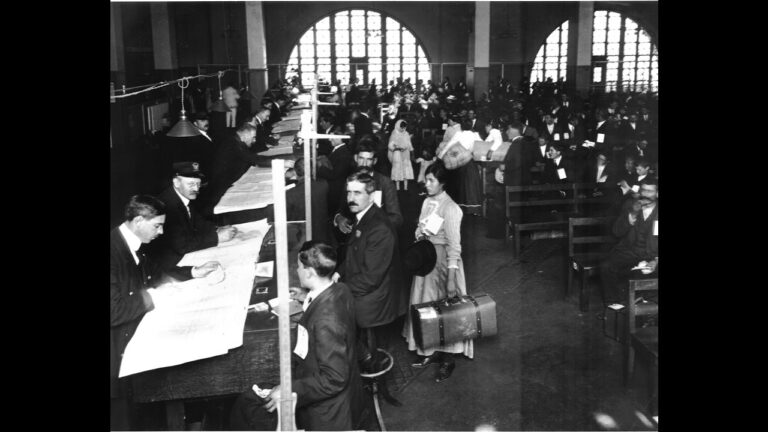The Colosseum, originally known as the Flavian Amphitheater, is an iconic symbol of Rome, located in the heart of the city. Built between 70 and 80 AD, it is one of the greatest examples of Roman architecture and engineering. It is a testament to the power and influence of the Roman Empire, and it stands as a reminder of the great events that took place there in the past.
In its heyday, the Colosseum was a place of entertainment and spectacle. It was the scene of public spectacles such as gladiator fights, wild animal hunts, naval battles, and theatrical performances. The amphitheater was designed to hold up to 50,000 spectators, making it the largest of its kind in the Roman world. It was also the first permanent amphitheater in the city.
The Colosseum was an impressive sight in the ancient world. It was a huge oval structure made of stone and concrete, with four levels of seating and an open center. The walls were decorated with sculptures and inscriptions, and the interior was decorated with marble, stucco, and mosaic. The exterior was also decorated with reliefs depicting scenes from mythology, battles, and other events.
Gladiators
One of the most famous activities to take place in the Colosseum were gladiator fights. Gladiators were slaves or criminals who were forced to fight for the entertainment of the Roman citizens. These fights could be very brutal, and they often ended in death. Despite this, the gladiator fights were very popular, and people would come from all over the Roman world to watch them.
Gladiator fights were not the only type of entertainment held in the Colosseum. It was also the site of wild animal hunts, public executions, and theatrical performances. These events would draw large crowds, and the amphitheater would be filled with the roar of the spectators.
Architecture
The Colosseum is a remarkable example of Roman engineering and architecture. It is a testament to the skill and ingenuity of the Roman people, and it stands as a reminder of their greatness. The amphitheater was designed with a complex system of arches, vaults, and columns, and it was constructed using a variety of materials, including stone, brick, concrete, and marble.
The interior of the Colosseum was also decorated with a variety of sculptures and inscriptions. The exterior was adorned with reliefs depicting scenes from mythology, battles, and other events. The walls of the Colosseum were also decorated with various symbols, such as the images of gods and goddesses.
Legacy
The Colosseum is an enduring symbol of the Roman Empire, and it stands as a reminder of the great events that took place there in the past. It is a reminder of the power and influence of the Roman people, and it is a testament to their skill and ingenuity. The Colosseum is one of the most impressive monuments of the ancient world, and it stands as a symbol of the greatness of the Roman Empire.
Today
Today, the Colosseum is a popular tourist attraction, and it is a symbol of the greatness of the Roman Empire. It is a reminder of the incredible events that took place there in the past, and it is a testament to the skill and ingenuity of the Roman people. It is a symbol of the power and influence of the Roman Empire, and it stands as a reminder of the greatness of the ancient world.
- Gladiators: Gladiators were slaves or criminals who were forced to fight for the entertainment of the Roman citizens.
- Architecture: The Colosseum is a remarkable example of Roman engineering and architecture.
- Legacy: The Colosseum is an enduring symbol of the Roman Empire.
- Today: Today, the Colosseum is a popular tourist attraction.




